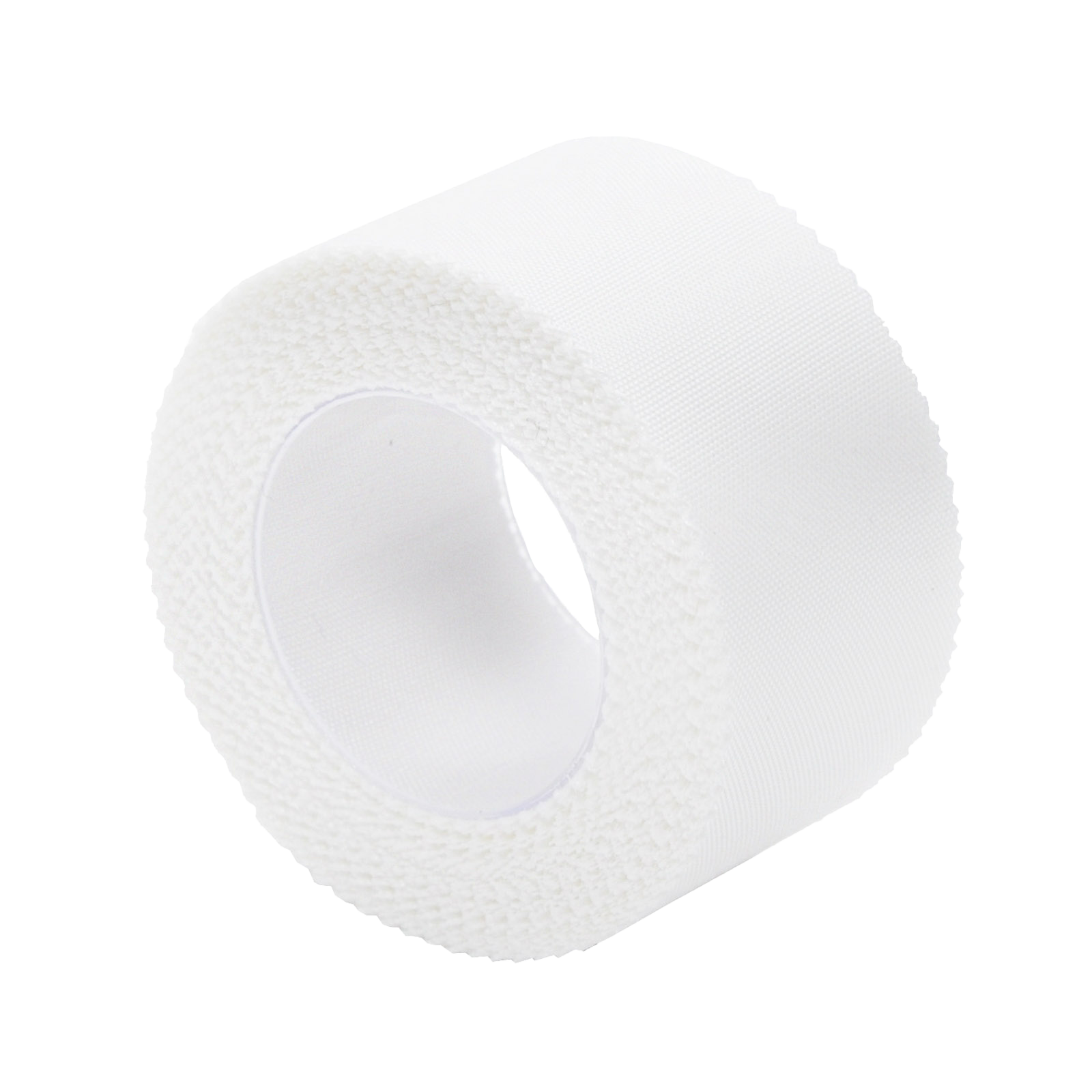Essential for First Aid
Cloth tape is a key item in any first aid kit, used to secure bandages, dressings, and splints. Its strong, flexible fabric makes it ideal for holding medical supplies in place, even on moving body parts. This tape is versatile and easy to use, making it a staple for wound care and injury management.
Uses of Cloth Tape
There are a variety of uses in first aid:
-
Securing Bandages and Dressings: It is perfect for keeping bandages and dressings securely in place. Its adhesive sticks well to skin and other materials, ensuring that the bandage does not move, even with activity.
-
Supporting Splints and Immobilizations: When dealing with fractures or sprains, it can be used to secure splints and provide additional support to injured limbs.
-
Creating Butterfly Bandages: In a pinch, you can use it to create butterfly bandages for small cuts and wounds that need to be held together.
Advantages
Cloth tape offers several advantages over other types of medical tapes:
-
Strength and Durability: It is known for its strength and durability. It can hold dressings and splints in place without tearing or coming loose, even with movement and moisture.
-
Flexibility: The fabric construction of cloth tape allows it to conform to the body’s contours. This makes it ideal for use on joints and other areas that bend and move, as it can stretch and adjust without losing adhesion.
-
Breathability: It is breathable, allowing air to reach the skin and wound. This helps to prevent maceration and promotes healing by keeping the area dry.
-
Comfort: The soft fabric is gentle on the skin, reducing the risk of irritation and discomfort. It is also easy to tear by hand, making application quick and simple.
Disadvantages
While cloth tape has many benefits, there are also some disadvantages to consider:
-
Residue: It can leave a sticky residue on the skin when removed. This can be uncomfortable and may require additional cleaning to fully remove the adhesive.
-
Bulkiness: Compared to paper and vinyl tapes, cloth tape is thicker and bulkier. This can make it less discreet and more noticeable under clothing.
-
Cost: It is generally more expensive than paper and vinyl tapes. For those on a tight budget, the cost difference can be a consideration.
Comparison with Paper Tape
Paper tape is another common type of medical tape. Here’s how it compares to cloth tape:
-
Gentleness: Paper tape is often more gentle on the skin than cloth tape, making it a better choice for sensitive or fragile skin. It is less likely to cause irritation or allergic reactions.
-
Ease of Removal: Paper tape typically leaves less residue and is easier to remove than cloth tape. This makes it a good option for frequent dressing changes.
-
Breathability: Both paper and cloth tapes are breathable, but paper tape is usually lighter and more breathable, making it suitable for delicate areas.
-
Strength: Cloth tape is stronger and more durable than paper tape. Paper tape is not as suitable for areas that experience a lot of movement or moisture.
Comparison with Vinyl Tape
Vinyl tape is another alternative. Here’s how it stacks up against cloth tape:
-
Water Resistance: Vinyl tape is water-resistant, making it ideal for situations where the tape will be exposed to water or moisture. Cloth tape, while durable, is not as water-resistant.
-
Flexibility: Cloth is more flexible than vinyl. Vinyl tape can be rigid and less adaptable to the contours of the body.
-
Comfort: Cloth tape is generally more comfortable to wear for extended periods. Vinyl tape can be stiffer and less breathable, which may cause discomfort over time.
-
Adhesion: Both cloth and vinyl tapes have strong adhesion, but cloth tape tends to stick better to skin and fabric, making it more reliable for securing dressings and splints.
In summary, cloth tape is a versatile and essential item in first aid kits, offering strength, flexibility, and comfort for a variety of medical needs. While it has some disadvantages, its benefits make it a reliable choice for securing bandages and dressings, especially in areas that require flexibility and durability.
